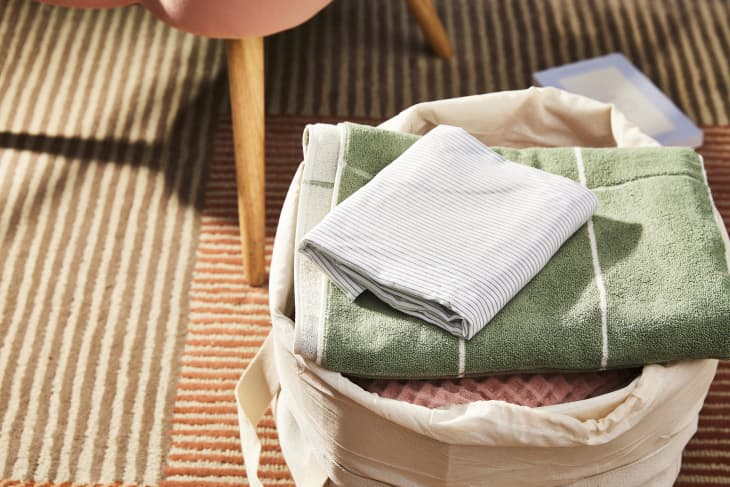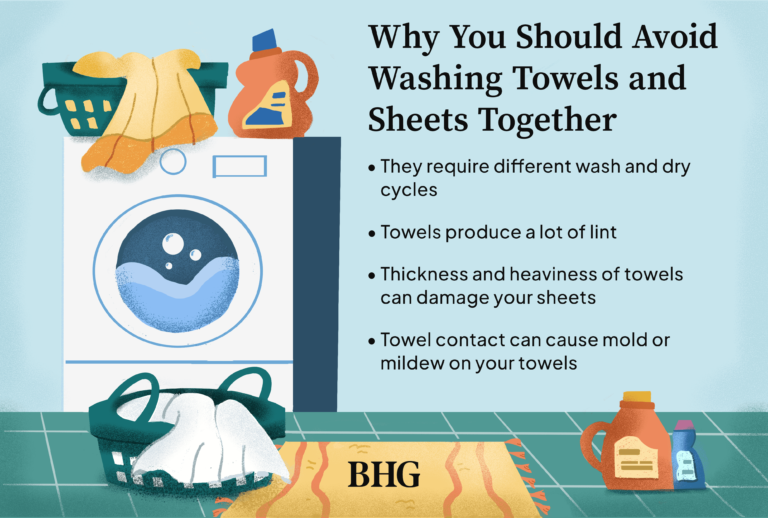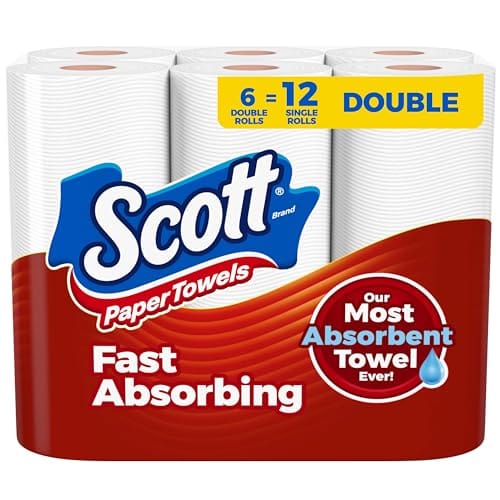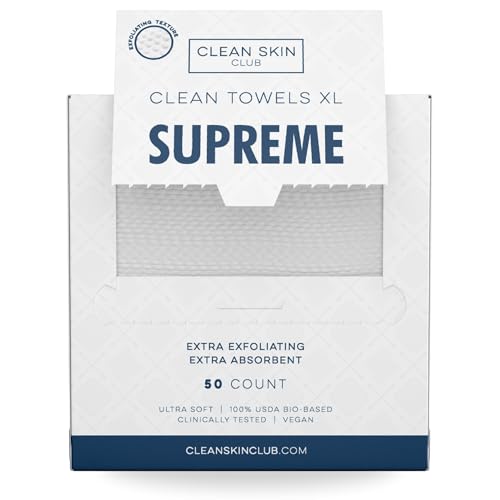Yes, you can wash towels and sheets together. Use warm water and avoid overloading the washer.
Many people wonder if they can save time and energy by washing towels and sheets together. Combining these items in one load can be efficient, but there are a few guidelines to follow. Both towels and sheets require thorough cleaning to remove dirt, bacteria, and odors.
Warm water is ideal for this purpose, as it helps eliminate germs without causing damage. Be careful not to overload your washing machine to ensure proper cleaning and rinsing. Using a suitable detergent and following these simple tips will keep your towels and sheets fresh and clean, while extending their lifespan.
Fabric Types And Care
Understanding the different fabric types of towels and sheets is crucial. Proper care ensures they last longer and stay soft. Let’s dive into the specifics of each fabric type.
Towel Materials
Towels are made from various materials, each with unique properties. Here’s a breakdown:
- Cotton: Most common, highly absorbent, and soft.
- Microfiber: Quick-drying, lightweight, and durable.
- Bamboo: Eco-friendly, antibacterial, and soft.
- Linen: Absorbent, dries quickly, and very durable.
When washing towels, consider their material to avoid damage. Use warm water for cotton and bamboo. Cold water is best for microfiber and linen. Avoid bleach as it weakens fibers. Use a gentle detergent to maintain softness.
Sheet Materials
Sheets also come in various materials, each requiring specific care. Here’s a list:
- Cotton: Breathable, soft, and durable.
- Polyester: Wrinkle-resistant, less breathable, but durable.
- Linen: Breathable, strong, and gets softer with each wash.
- Bamboo: Eco-friendly, soft, and moisture-wicking.
For washing sheets, consider their fabric type. Use cool or warm water for cotton and bamboo. Cold water is ideal for polyester and linen. Use mild detergents to maintain quality. Avoid fabric softeners as they can reduce absorbency.
Always check care labels before washing. Proper care ensures your towels and sheets last longer and stay fresh.
The Debate: Towels Vs. Sheets
Many people wonder if they can wash towels and sheets together. This debate has been going on for years. There are pros and cons to both methods. Understanding these can help you decide the best option for your laundry routine.
Pros Of Washing Together
- Saves Time: Washing both items together saves time. You don’t need to wait for separate loads.
- Water Efficiency: It uses less water. You combine two loads into one.
- Energy Saving: It saves energy. Fewer loads mean less electricity used by the washing machine.
- Convenience: It’s convenient. You don’t need to sort as much laundry.
Cons Of Washing Separately
- Fabric Wear: Towels are rougher than sheets. This can cause sheets to wear out faster.
- Hygiene Concerns: Towels can carry more bacteria. This might transfer to your sheets.
- Drying Time: Towels take longer to dry. This can lead to uneven drying if washed with sheets.
Let’s look at the pros and cons in a table for easier comparison:
| Pros of Washing Together | Cons of Washing Separately |
|---|---|
| Saves Time | Fabric Wear |
| Water Efficiency | Hygiene Concerns |
| Energy Saving | Drying Time |
| Convenience |
Washing towels and sheets together has its benefits and drawbacks. Considering these can help you choose the best approach for your needs.
Water Temperature And Detergent
Washing towels and sheets together can save time and energy. However, it’s essential to know the right water temperature and detergent to use. This ensures both items are cleaned effectively without damage.
Ideal Water Temperature
Using the correct water temperature is crucial. Towels and sheets have different needs. Towels often need hot water. Hot water helps kill bacteria and remove dirt. Sheets, especially delicate ones, may require warm or cold water.
| Item | Ideal Water Temperature |
|---|---|
| Towels | Hot (60°C/140°F) |
| Sensitive Sheets | Warm (40°C/104°F) |
| Delicate Sheets | Cold (30°C/86°F) |
Choosing The Right Detergent
The right detergent ensures your towels and sheets stay clean and fresh. Use a mild detergent for delicate sheets. For towels, a stronger detergent works best. It removes oils and dirt effectively.
- Mild Detergent: Suitable for delicate sheets. It prevents fabric damage.
- Stronger Detergent: Ideal for towels. It tackles tough stains.
Avoid using too much detergent. Excess detergent can leave residue on fabrics. This makes towels and sheets feel rough. Always follow the manufacturer’s instructions for the best results.
Laundry Load And Sorting
Washing towels and sheets together can be tricky. You need to manage your laundry load and sorting carefully. This helps keep your laundry clean and in good shape.
Balancing Your Load
Balancing your laundry load is very important. Towels are heavy and absorbent. Sheets are lighter and more delicate. Mixing them can cause issues.
Make sure your washer is not too full. Overloading can damage fabrics. It also prevents proper cleaning. Keep a balanced load for best results.
Color And Fabric Sorting
Always sort your laundry by color and fabric type. This avoids color bleeding and fabric damage.
| Sort By | Items |
|---|---|
| Color | Light, Dark, White |
| Fabric | Cotton, Linen, Synthetic |
Separate white towels and sheets from colored ones. This prevents color transfer. Keep similar fabrics together. Cotton with cotton, linen with linen. This ensures even washing and drying.
- Light colors: Wash together to prevent dye transfer.
- Dark colors: Keep separate to maintain color intensity.
- Delicate fabrics: Use gentle cycles and cold water.
By sorting properly, you protect your towels and sheets. They will look better and last longer.
Drying Techniques
Drying towels and sheets together can save time and energy. Yet, knowing the best drying techniques ensures they remain soft and long-lasting.
Towels And Sheets Together?
Drying towels and sheets together is possible but has certain challenges. Towels are thick and absorbent. Sheets are thin and dry faster. Mixed drying might lead to uneven drying. This can make towels still damp when sheets are dry.
Best Drying Practices
- Separate Loads: If possible, dry towels and sheets separately. This prevents uneven drying.
- Use Dryer Balls: These help to separate fabrics. This ensures better air circulation and faster drying.
- Low Heat Setting: Use a low heat setting to prevent fabric damage. This is especially important for sheets.
- Shake Out: Before putting in the dryer, shake out towels and sheets. This helps them dry evenly.
| Item | Drying Time | Heat Setting |
|---|---|---|
| Towels | 60-70 minutes | Medium to High |
| Sheets | 30-40 minutes | Low to Medium |
Following these best practices ensures your towels and sheets stay fresh. Proper drying techniques extend the life of your linens.

Special Considerations
Washing towels and sheets together can be convenient, but there are special considerations to keep in mind. This section covers essential points to ensure your laundry is clean and safe.
Allergies And Sensitive Skin
Allergies and sensitive skin require extra care. Towels often harbor more bacteria and detergent residue than sheets. Mixing them can lead to skin irritation. Use a mild, hypoallergenic detergent to minimize reactions.
Consider washing towels and sheets separately if anyone in your home has allergies. This reduces the risk of cross-contamination.
High-efficiency Machines
High-efficiency (HE) machines use less water and energy. They are great for the environment but require special laundry practices. HE machines clean best with smaller loads, so avoid overloading.
For optimal results, wash towels and sheets in separate loads. This ensures thorough cleaning and extends the life of your fabrics.
Use the right amount of detergent. Too much can leave residue, while too little might not clean effectively.
| Consideration | Recommendation |
|---|---|
| Allergies | Wash separately with hypoallergenic detergent |
| Sensitive Skin | Use mild detergent and separate loads |
| High-Efficiency Machines | Do not overload, use correct detergent amount |
- Wash towels and sheets separately to prevent bacteria transfer.
- Use a mild detergent for sensitive skin.
- Do not overload high-efficiency machines.
Top Tips For Success
Washing towels and sheets together can be convenient. Here are top tips to ensure success. Follow these guidelines for clean, fresh laundry every time.
Pre-treatment Tips
Before washing, check for any stains or spots. Pre-treat these areas with a stain remover. This ensures that stains do not set during washing.
- Sort by Color: Separate whites from colored towels and sheets.
- Check Fabric Care Labels: Make sure washing instructions are similar.
- Use Cold Water: Cold water helps prevent color bleeding.
Maintenance And Storage
Proper maintenance keeps your towels and sheets fresh. Follow these steps:
- Avoid Fabric Softener: It can reduce absorbency of towels.
- Use Vinegar: Add a cup of vinegar in the rinse cycle to remove soap residue.
- Dry Completely: Ensure towels and sheets are fully dry before storing.
- Store in a Cool, Dry Place: Prevents mold and mildew.
Regular washing and correct storage extend the life of your towels and sheets. Keep them smelling fresh and looking new.
:max_bytes(150000):strip_icc()/can-you-wash-sheets-and-towels-together-6834348-02-86b7aed5a78d4d2f9a56e72ff1f4e8b3.jpg)
:max_bytes(150000):strip_icc()/can-you-wash-sheets-and-towels-together-6834348-hero-option-f1701aa98c31440db39be545d4ea3f89.jpg)
Frequently Asked Questions
Can You Wash Towels And Sheets Together?
Yes, you can wash towels and sheets together. Use the same water temperature and avoid overloading the machine.
Should You Wash Towels And Sheets Separately?
It’s better to wash them separately. Towels produce lint which can stick to sheets.
Why Wash Towels And Sheets Together?
Washing them together saves water and energy. Just ensure similar colors and materials to avoid damage.
What Temperature To Wash Towels And Sheets?
Use warm water, around 104°F (40°C). This effectively cleans and kills bacteria on both items.
Conclusion
Washing towels and sheets together can be convenient. Ensure to use proper settings and avoid overloading the machine. This helps maintain cleanliness and fabric longevity. Always check care labels for best results. Happy laundering!



